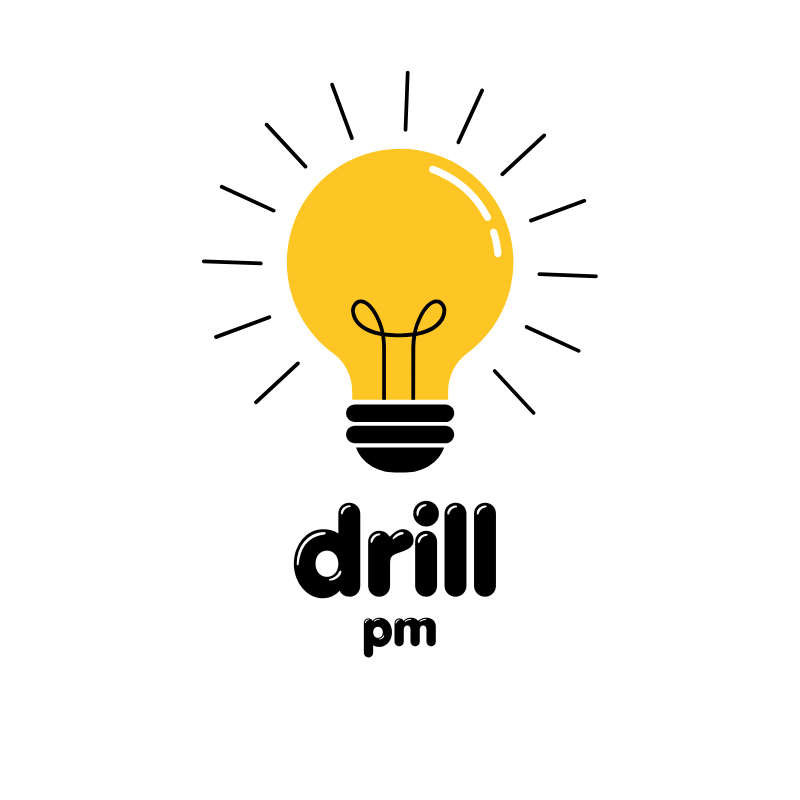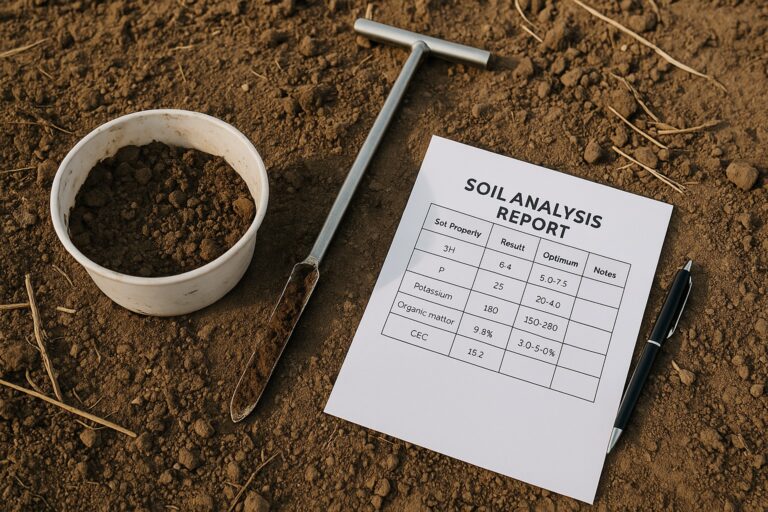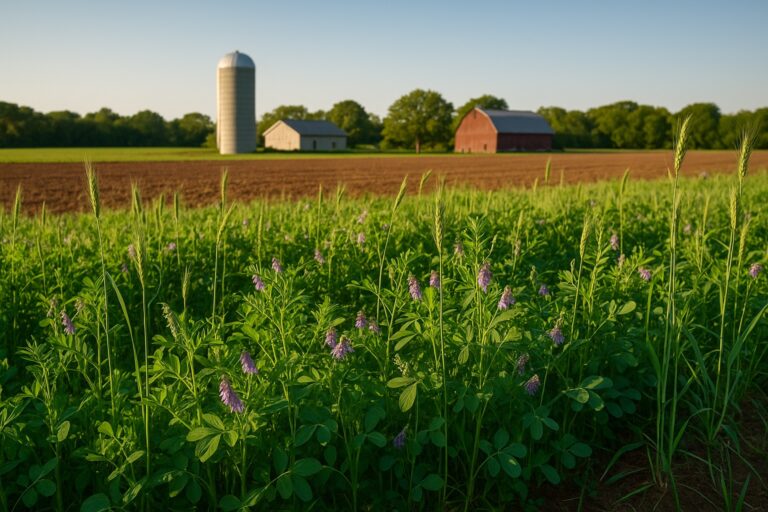Anúncios
Soybeans are a vital crop in the United States, and managing pests effectively is key to achieving a good yield. For beginners just entering soybean farming, the range of pests and treatment options can seem overwhelming. But with a structured approach, even newcomers can gain control and protect their crops.
In this guide, we’ll explore the most common soybean pests, the damage they cause, and practical steps you can take to prevent and manage infestations. You don’t need years of experience to succeed—just the right knowledge and attention to detail.
If you’re looking to get your crop off to a strong start and avoid costly losses, this article is for you. Let’s walk through each step together so you can protect your fields with confidence.
Understanding why pest control in soybeans matters
Soybean pests can significantly impact yield, quality, and profitability. Insects like the soybean aphid, bean leaf beetle, and stink bug can weaken plants, transmit diseases, and destroy pods. Ignoring pest management—even in the early stages—can lead to reduced harvests and long-term issues.
For beginner farmers, knowing when and how to act is critical. Pest control isn’t just about reacting when you see bugs; it’s about prevention, timing, and making smart decisions based on what’s actually happening in your field.
Step 1: Scout your field regularly
The first and most important habit you can develop is field scouting. Walk your fields at least once a week during the growing season. Use a sweep net and visual checks to monitor for pests at different growth stages.
Look under leaves, check stems and pods, and don’t forget the field edges. Document what you find—both pests and beneficial insects. This regular monitoring helps you catch issues early and avoid unnecessary pesticide applications.
Step 2: Learn to identify common soybean pests
As a beginner, it’s essential to learn the most common soybean pests and how they look at different life stages. Here are some of the top threats:
- Soybean aphid: Tiny yellow-green bugs that suck sap from the plant and can transmit viruses.
- Bean leaf beetle: Red or yellow beetles that chew holes in leaves and pods.
- Stink bug: Shield-shaped insects that pierce pods and cause seed damage.
- Corn earworm: Caterpillars that feed on pods, especially later in the season.
- Spider mites: Microscopic pests that thrive in hot, dry conditions and leave speckled yellowing on leaves.
Learning to distinguish these from beneficial insects like ladybugs or parasitic wasps is critical. Extension offices and apps like Ag Pest Monitor can help.
Step 3: Understand the damage caused by each pest
Knowing the symptoms of pest damage allows you to assess the urgency and act wisely. For example:
- Aphids cause curled leaves, reduced growth, and sticky honeydew that promotes mold.
- Bean leaf beetles reduce photosynthesis by damaging leaf area and can scar pods, increasing disease risk.
- Stink bugs lead to shriveled or discolored seeds, reducing market quality.
- Corn earworms can destroy entire pods, especially during flowering and pod fill stages.
Each pest has a damage threshold—beyond which action is justified. Your local extension agent can help define thresholds for your region.
Step 4: Choose the right control method
When pest levels cross the threshold, it’s time to act. Control options include:
- Biological control: Encourage natural predators and parasitoids like ladybugs and lacewings.
- Cultural control: Rotate crops, plant pest-resistant soybean varieties, and manage field borders to reduce pest habitat.
- Chemical control: Use insecticides only when necessary. Choose targeted products and always follow label directions. Rotate chemical classes to prevent resistance.
Beginner farmers often default to spraying, but it’s not always the most effective—or sustainable—approach. Balance is key.
Step 5: Use Integrated Pest Management (IPM)
Integrated Pest Management (IPM) is the gold standard for effective and sustainable pest control. It combines multiple methods—biological, cultural, mechanical, and chemical—based on careful monitoring.
The IPM approach helps you minimize pesticide use, preserve beneficial insects, and reduce the risk of resistance. It also protects the environment and can improve the long-term health of your soil and crops.
Start small: Keep records, evaluate what works, and gradually build your own IPM plan that fits your land and goals.
Step 6: Monitor effectiveness and adapt
After taking action, don’t assume the job is done. Return to your field within a few days and check pest levels again. Was the treatment effective? Are there signs of new infestations? Did beneficial insects return?
Adjust your strategy based on what you find. This ongoing observation helps prevent repeated outbreaks and avoids wasting money on ineffective treatments.
Use mobile apps or a simple notebook to track dates, products used, and pest counts. Over time, this data becomes a powerful tool for decision-making.
Step 7: Keep records and plan for the next season
Successful pest control isn’t just about reacting in the moment—it’s about learning from each season and planning ahead. Keep records of:
- Pest types and when they appeared
- Damage levels
- Treatment dates and outcomes
- Weather conditions and crop stage
These insights help you forecast future threats and adjust your planting schedule or pest control plan. They also help you talk confidently with agronomists or supply dealers when seeking advice.
Conclusion
Dealing with pests in soybean fields can be intimidating at first, especially for new farmers. But with regular scouting, proper identification, and a step-by-step plan, you can keep your crop healthy and your yield strong. Remember, pest control is not just a task—it’s a habit that gets better with time and experience. Stay observant, stay informed, and don’t hesitate to ask for expert help when needed.
Frequently Asked Questions (FAQ)
What is the most damaging pest to soybean crops?
The soybean aphid is one of the most damaging due to its rapid reproduction and ability to transmit viruses.
How often should I scout my soybean fields?
At least once a week during the growing season. Increase frequency during critical growth stages or if pest pressure rises.
Can I control soybean pests without chemicals?
Yes, through Integrated Pest Management techniques that include biological and cultural controls. Chemicals should be a last resort.
Are there apps that help identify pests?
Yes. Apps like Ag Pest Monitor, BugGuide, and iNaturalist can help with identification and tracking.
What’s the biggest mistake beginner farmers make with pest control?
Overusing or misusing insecticides. This can harm beneficial insects and lead to pest resistance. Focus on targeted, informed action instead.



